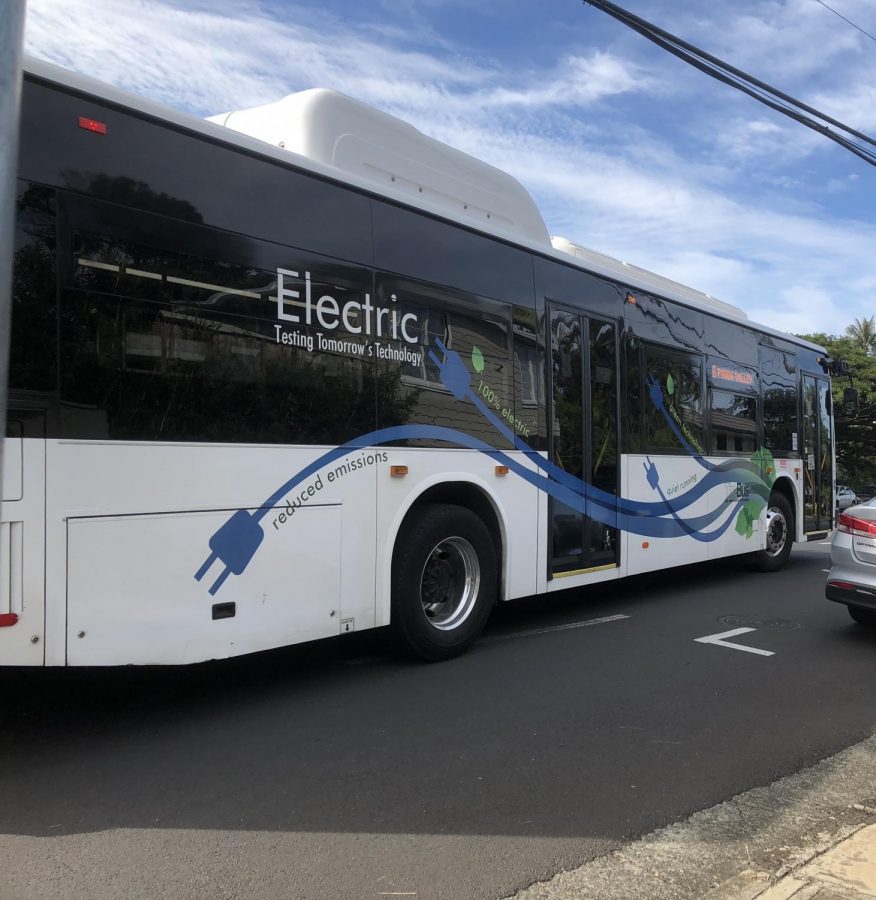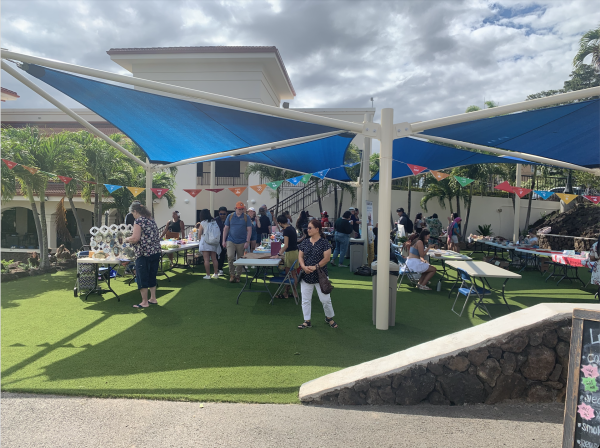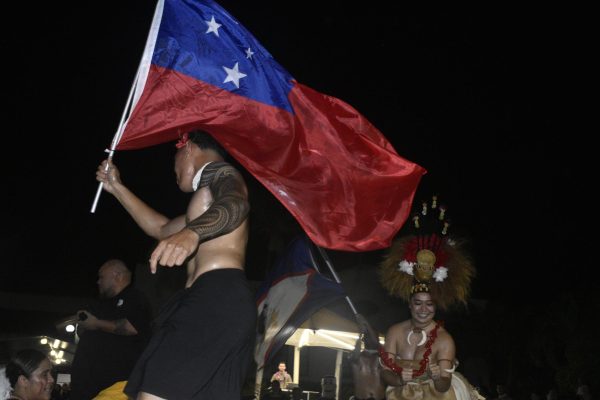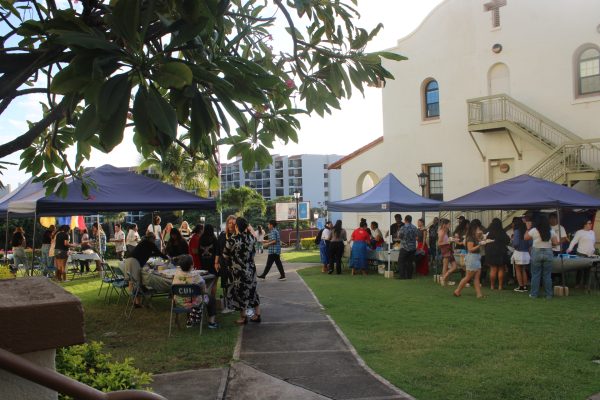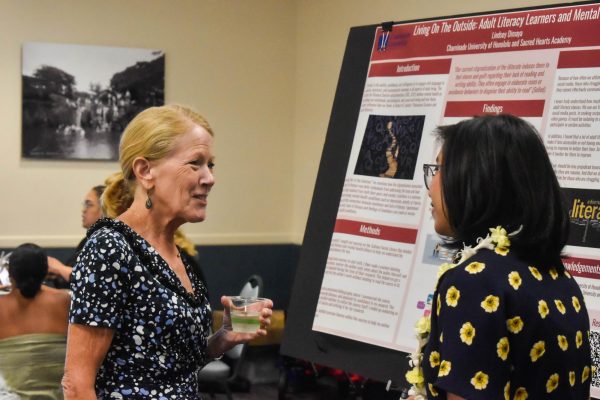Electric Buses on Oahu’s Roads
Route 6 Pauoa Valley picked up riders on a busy Monday morning.
Hawaii’s is one step closer to its goal of using 100 percent renewable energy by 2045, according to Hawaiicleanenergyinitiative.org.
On Jan. 30, the city unveiled its first zero-emissions electric battery buses. Proterra, Inc., loaned the state a limited amount of electric buses, for a pilot project that has the electric buses on 20 routes on Oahu. On Apr. 11, the state held an electric bus demonstration at the Iolani Palace Parking lot that showcased Proterra Inc. and another electric vehicle manufacturer, Build Your Own Dreams (BYD) Motors Inc., the world’s largest electric vehicle manufacturers, both electric bus companies are being considered.
According to the Honolulu Star-Advertiser, the city ran 544 Porterra buses on 20 routes between Ala Moana and Haleiwa passing over the H-2 freeway. According to Jon Nouchi, deputy director of the Department of Transportation Services in an interview with the Star-Advertiser, said that the bus did fine on one charge on two round trips on the Ala Moana-Haleiwa route.
“We want to test it on the hilly, graded inclines on the Pali, maybe over the H-2 all the way out to the North Shore, but also see how it handles very heavy passenger loads in urban Honolulu,” said Nouchi in an interview with Usnews.com.
Proterra buses can hold up to 70 passengers and are 40-feet long with about a 26 miles per gallon, compared to traditional diesel buses with about 4 miles per gallon, according to Matt Horton, the chief commercial officer for Proterra in a interview with Hawaii News Now.
Jaylieen Cesnero, a biology major at Creighton University from Ewa Beach, road the bus as the main transportation in her four years of high school.
“I think that electric buses may be worth the investment,” said Cesnero. “They may cost more than diesel buses, but electric buses are better for the environment, and they’ll require less money and time to fix any repairs that needs to be done.”
BYD is a Chinese automobile manufacturer based in Xi’an, Shaanxi Province and has a U.S. manufacturing plant and has sold almost 40,000 buses worldwide.
Municipal bus operators can start to see the money saved with electric buses as little as three to four years, according to Bobby Hill, the vice president of U.S. sales for BYD.
According to the Star-Advertiser, electric vehicles cost $700,000 too $800,000 each, compared to $500,000 to $600,000 for diesel buses, though maintenance and fuel costs are lower than the diesel buses.
Oahu Transit Services buys 6.5 million gallons of diesel fuel each year, according to U.S. News.
Susan Donlon is a genetic counselor from Aina Haina who supports the increase of electric transportation.
“I think as a people become more conscious of conservation in general, they will realize it that one way to make a smaller carbon footprint is to produce your own energy and use that energy to power transportation and other needs,” Donlon said. “I can say that after having an electric car for over five years, I would never go back to a gas-powered vehicle.”
In the fall, the state Department of Transportation will have both Proterra and BYD will be used to help shuttle passengers between Daniel K. Inouye International Airport terminals and rental car facilities.
